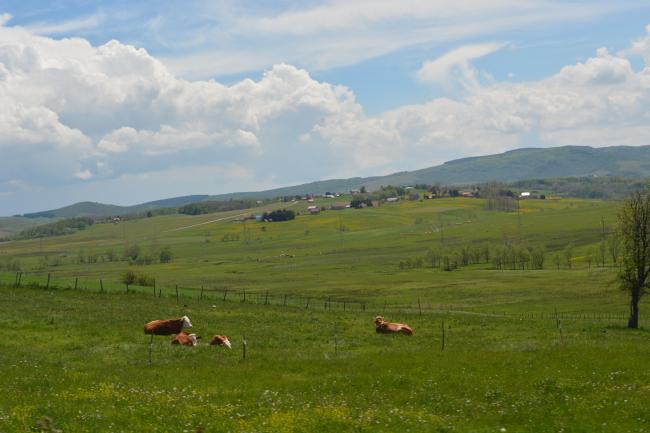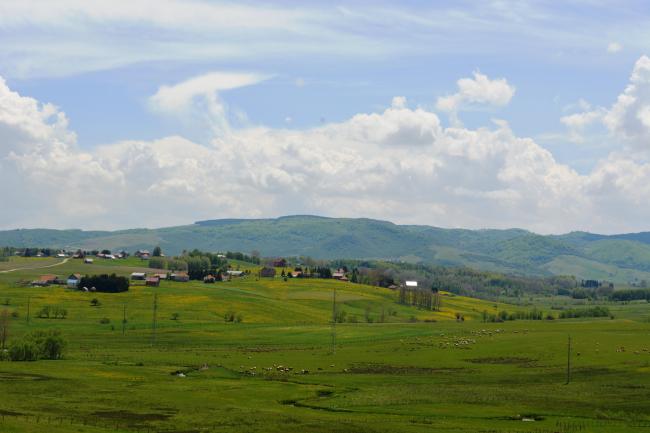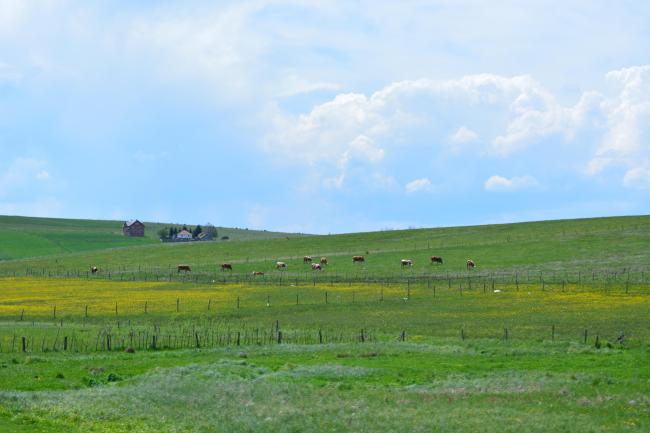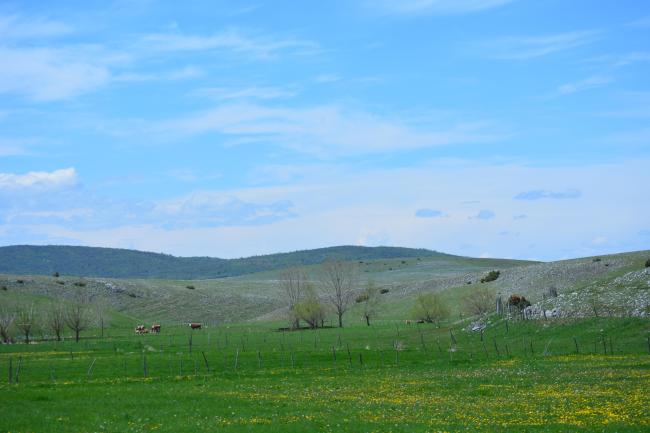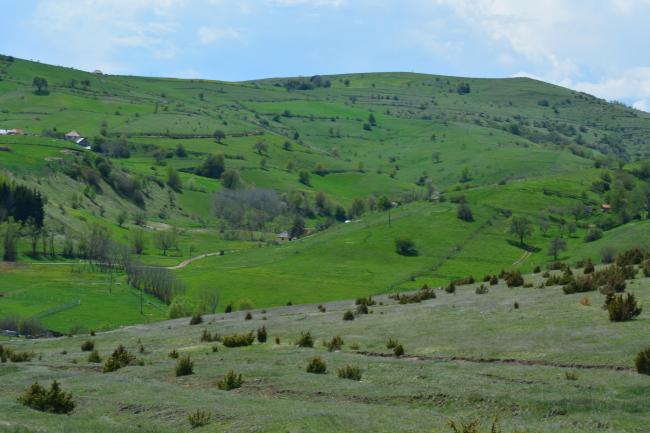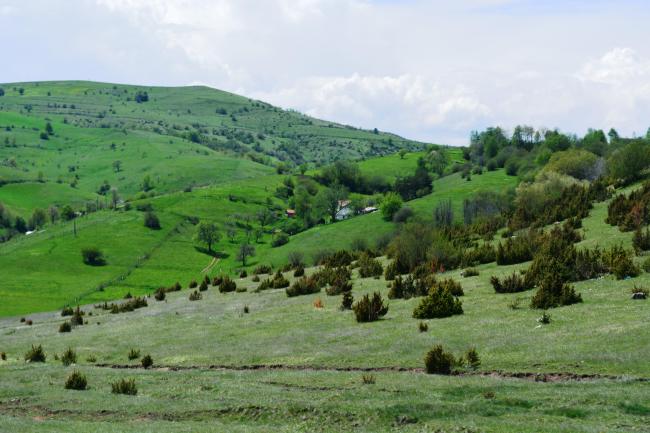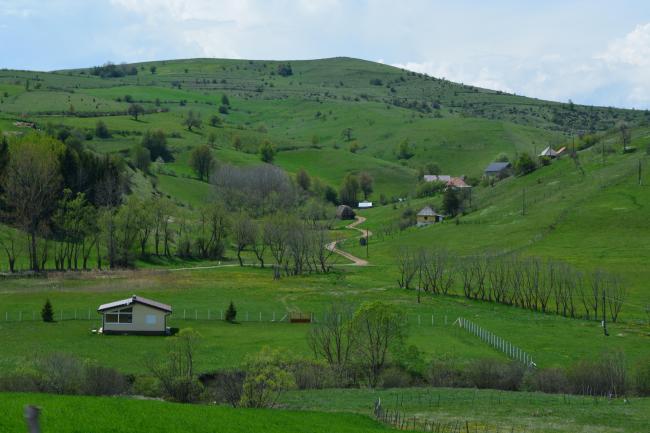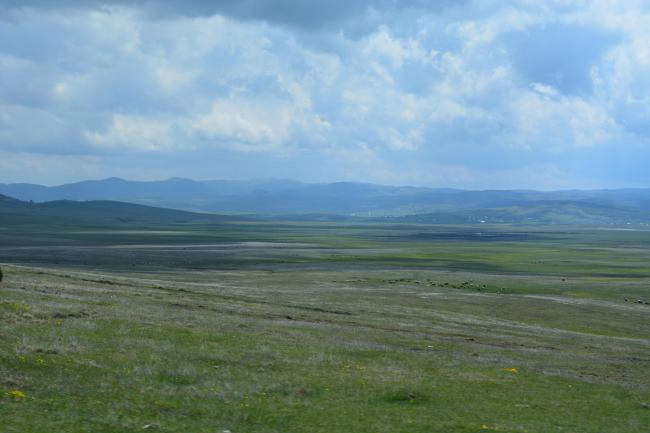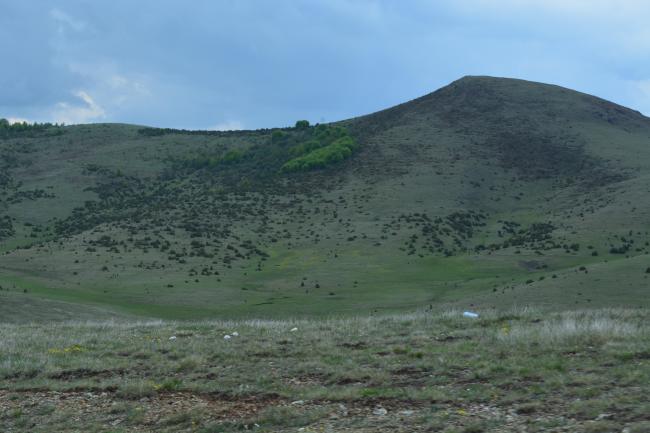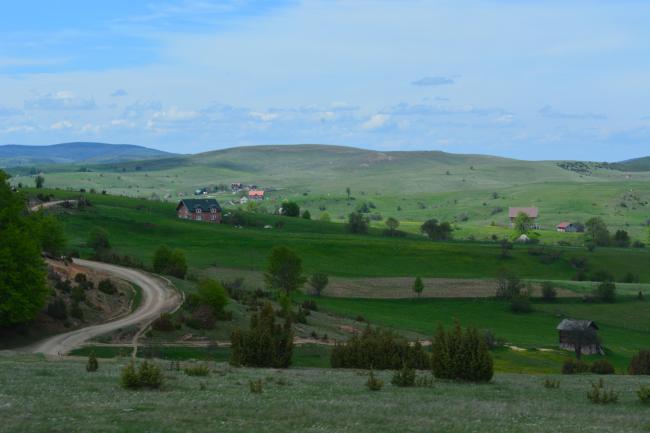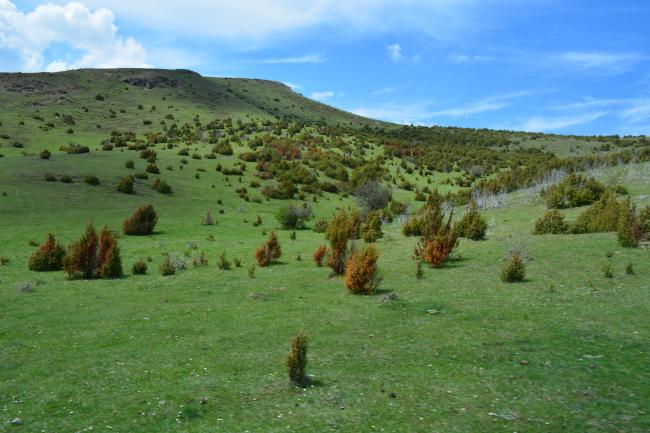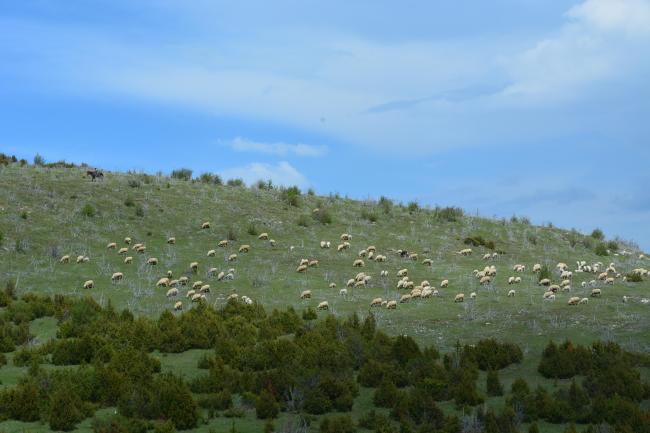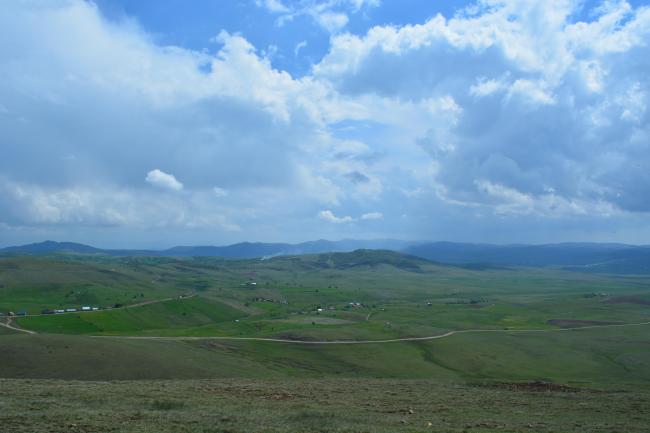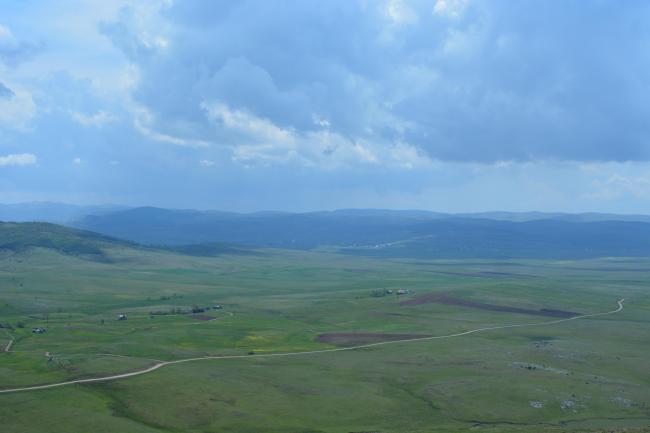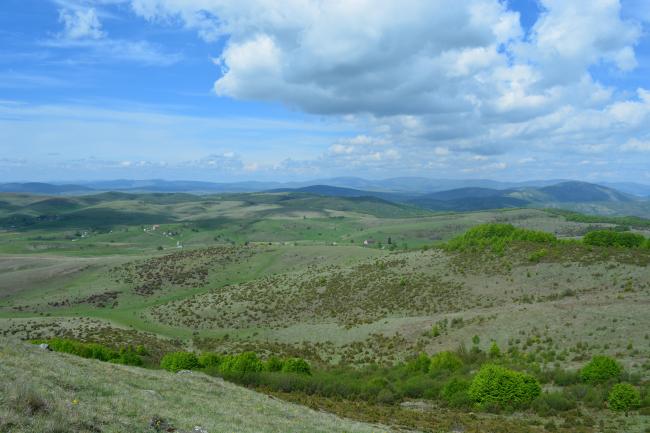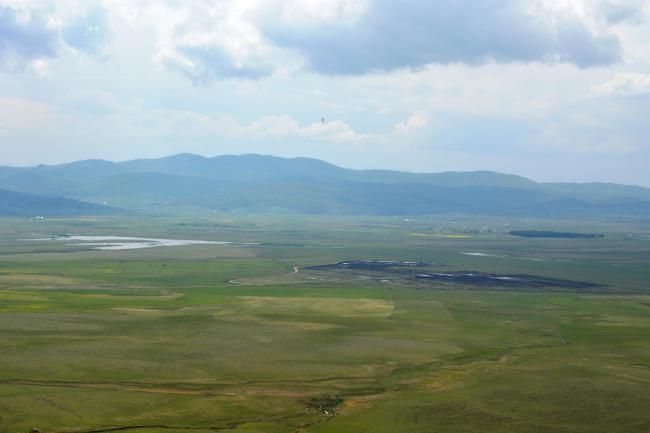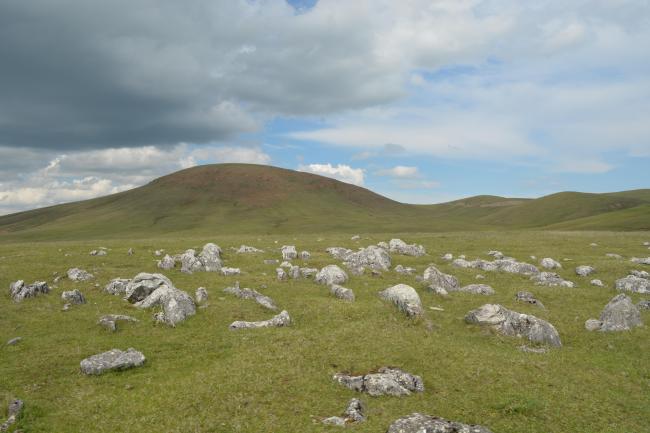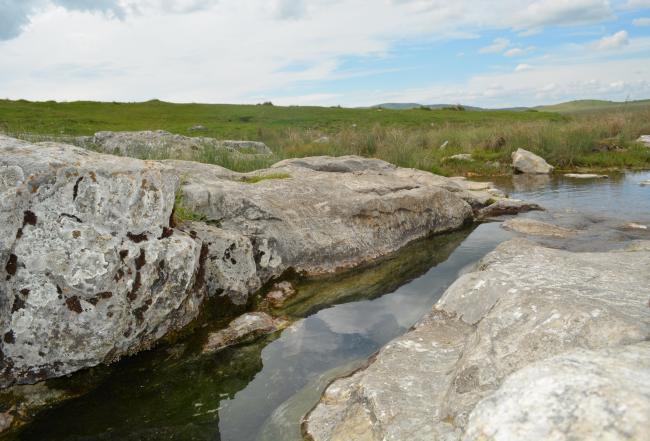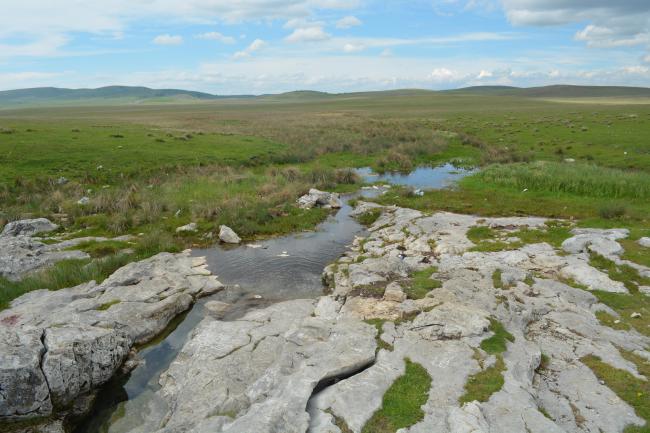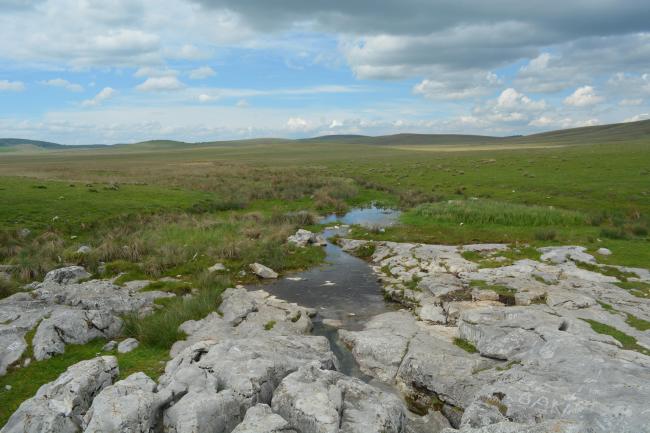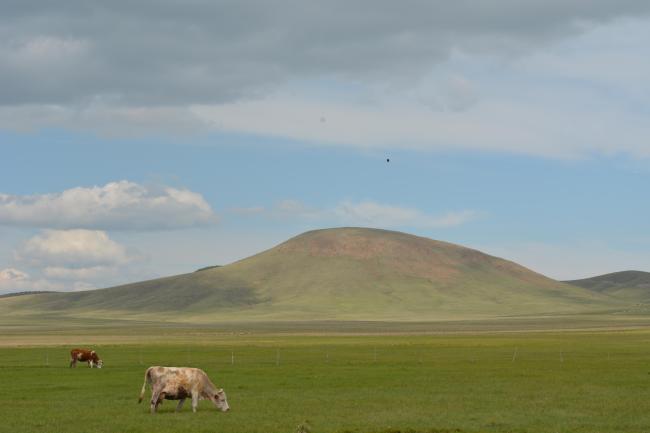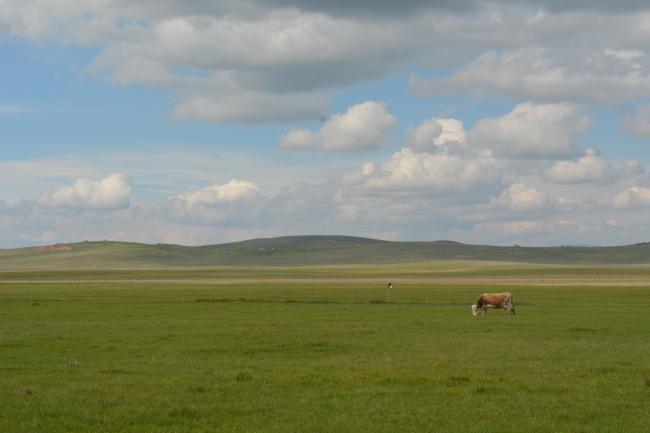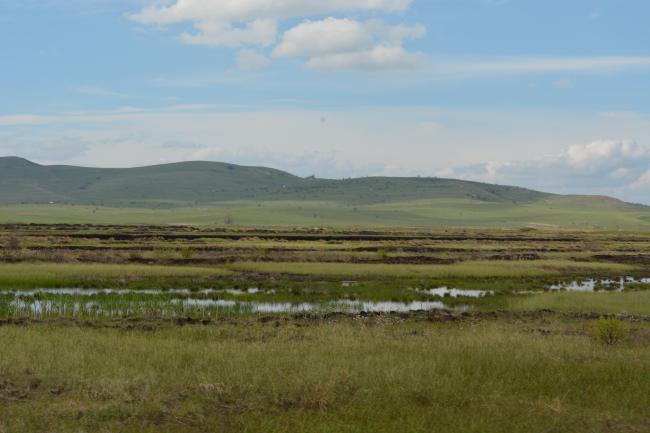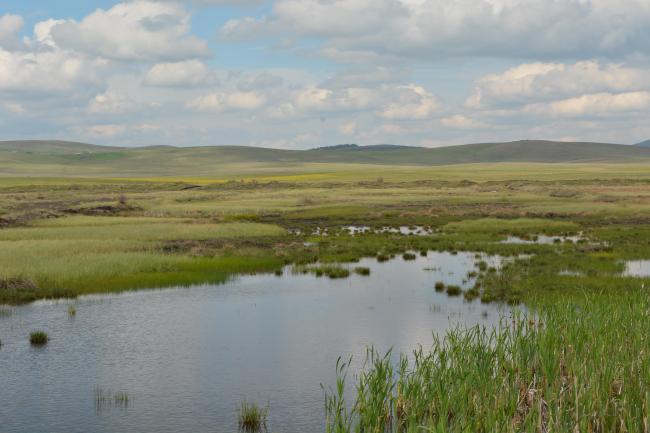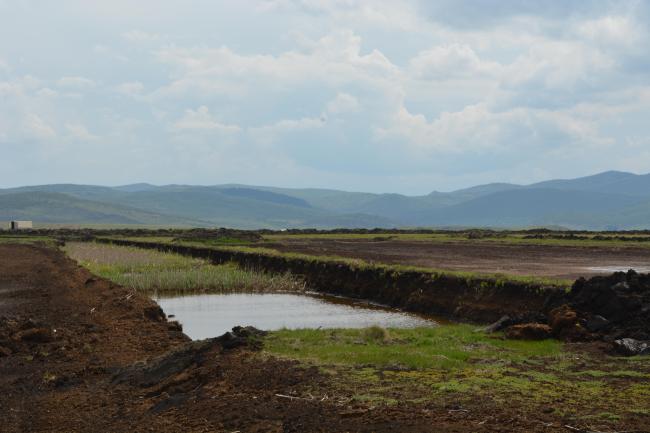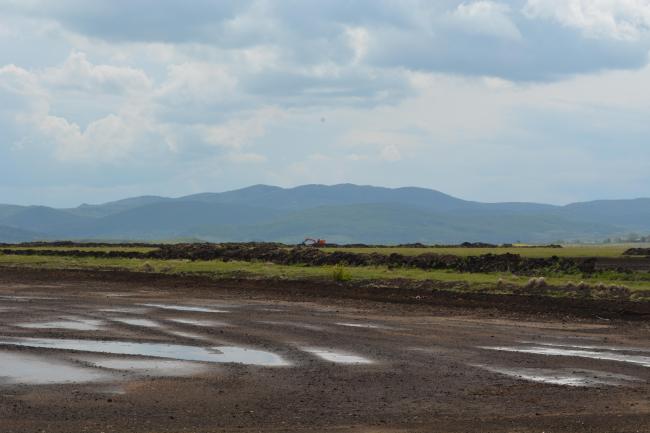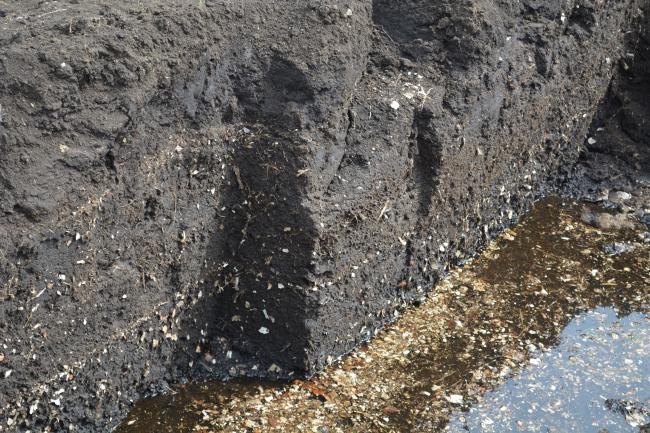Pestersko polje
Pestersko polje
- Country:
- Serbia
- Site number:
- 1656
- Area:
- 3,421.3 ha
- Designation date:
- 19-03-2006
- Coordinates:
- 43°04'54"N 20°07'42"E
Carousel
CarouselMaterials presented on this website, particularly maps and territorial information, are as-is and as-available based on available data and do not imply the expression of any opinion whatsoever on the part of the Secretariat of the Ramsar Convention concerning the legal status of any country, territory, city or area, or of its authorities, or concerning the delimitation of its frontiers or boundaries.
Peštersko polje is the largest and highest karst field of the Balkan Peninsula. The Site close to the border with Montenegro originated as a lake, which vanished with the erosion of the karst. This process left peat bogs and small flooded areas exposed, creating a diverse landscape. Peatlands are a rare and endangered habitat in Serbia, and the Site features several of them, including the biggest one in the country. Peštersko polje supports a significant number of internationally and nationally threatened species, including the black tern Chlidonias niger, the glossy ibis Plegadis falcinellus, the aquatic warbler Acrocephalus paludicola and the thick shelled river mussel Unio crassus. It is also an important refuge for corncrake (Crex crex), which depend on the Site’s permanently wet areas to nest (during drought periods most of the surrounding habitats are drained). The main threat to the stability of this fragile ecosystem is the annual extraction of approximately 15,000 cubic metres of peat. A management plan is implemented for the Site, and there are plans to update it for the 2020-2030 period.
- Special Nature Reserve - Peštersko polje
- Other international designation
- RS1656RIS_2002_en.pdf
- RS1656RISformer_190528.pdf
- RS1656map_over.pdf
- RS1656_map190614_2.pdf
- RS1656_map190827.jpg
- RS1656taxo.pdf
- RS1656_descr190827.pdf
- RS1656_mgt191104.pdf
- RS1656_mgt191114.docx
